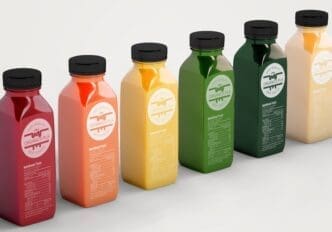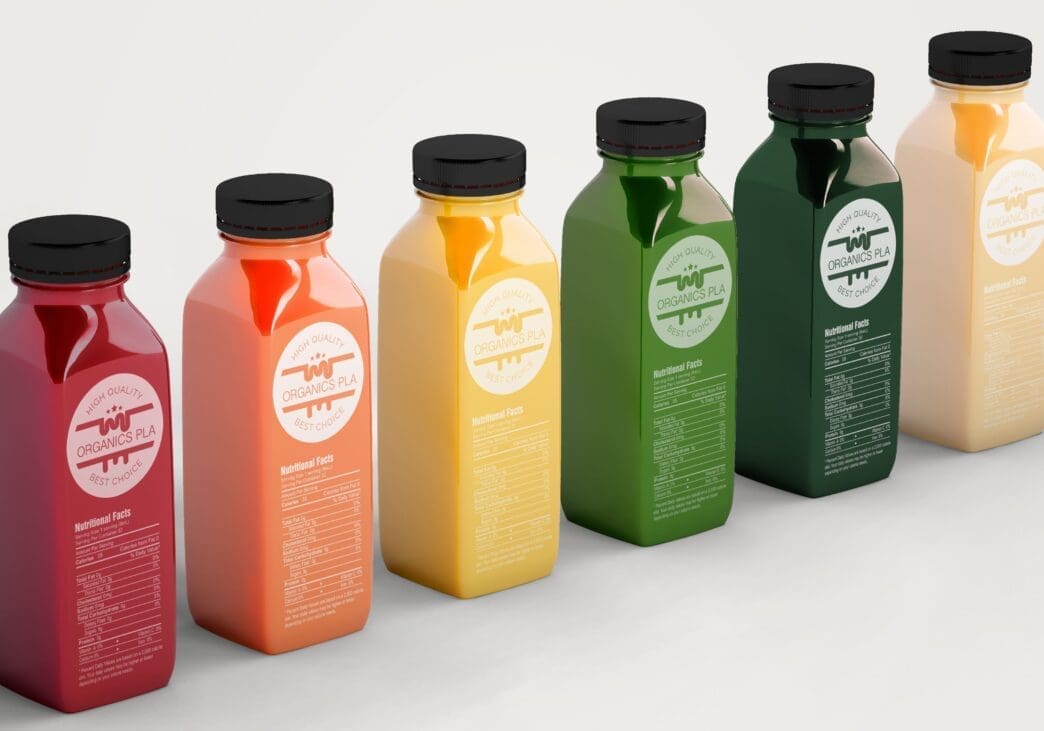For centuries, visual appeal has influenced the perception of food and drink, with colors playing a pivotal role in how we experience flavors before even tasting them. This phenomenon is especially pronounced in the United States, where food manufacturers extensively use synthetic dyes to enhance the appearance of their products. The goal has been to make processed foods appear natural and fresh, similar to their raw ingredients. Additionally, these colors help distinguish brands and make products appealing, especially to younger consumers. Examples include brightly colored candies and flavored snacks that entice with their visual allure, like electric blue slushies or vivid red snacks.
Regulatory concerns, however, have emerged, leading to increased scrutiny over artificial dyes. The recent decision by the FDA to ban red dye No. 3, due to potential cancer risks, illustrates ongoing health debates. Despite these controversies, the drive to maintain colorful presentations remains strong as they significantly influence consumer choices, as highlighted by experts like Devina Wadhera from Arizona State University. She emphasizes that the first sensory interaction with food is visual, impacting immediate judgments about quality and appeal.
Historical use of food colorants dates back to the late 19th century when manufacturers realized the importance of visual appeal in marketing. Ai Hisano, author of ‘Visualizing Taste: How Business Changed the Look of What You Eat,’ notes that synthetic dyes solved issues such as color loss during production, thus allowing foods to look fresh. These dyes also created fun, attractive products targeting children, despite potential risks, which led to regulatory oversight.
Devina Wadhera further explains that color associations are learned through experiences, creating expectations around flavors and taste. The red color, for instance, tends to indicate spiciness, affecting product marketing strategies. Charles Spence, from the University of Oxford, adds that the perceived intensity of flavors often correlates with vivid colors, showing a universal pattern across cultures.
Color doesn’t just affect the food itself but extends to its presentation, influencing how much people consume or prefer certain dishes based on the color of serving plates. This subconscious influence remains largely unnoticed by consumers as these automatic judgments occur without their awareness.
The intersection of food colors and consumer psychology highlights the importance of visual appeal in food marketing. As regulations evolve, the balance between aesthetic allure and health safety will continue to shape industry practices.








